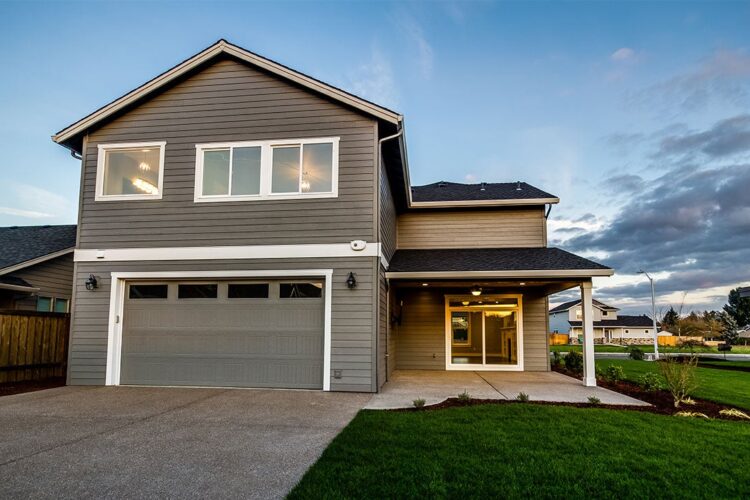The short answer is no. When it comes to your home’s down payment, the traditional rule, in terms of home loan underwriting, was typically 20% as the number that you will need to pay when it comes to a down payment. Traditional alternatives exist though and in order to understand the current down payment requirements in the residential lending industry, it’s important to dig in a bit further into home loan lending. How did the 20% rule originate? What is a down payment anyway? And why is it necessary? For most home buyers, particularly first-time home buyers, the down payment is one of the major hurdles to cross in obtaining that coveted home loan – so let’s take a look at how this all works!

What Is A Down Payment?
Whenever you make a large purchase, some of your payment is typically used as a down payment. The down payment is indicated as a percentage of the overall price, and it’s paid up front. It is a way of ensuring borrower credibility. In essence, it is a way to ensure that you, as a borrower, are invested in the purchase. This is a means of reducing risk, as well as a means of ensuring your likelihood of paying the subsequent loan payments in a timely manner. For example, if the full purchase price is $100,000 for a home, then 20% of that is $20,000. That $20,000 is the down payment amount and your initial ownership stake. The lender provides a mortgage loan for the remaining 80% of the purchase price.
What Is The Minimum Down Payment?
The minimum down payment is the minimum amount you need to pay up front for your home, in order to meet the home loan lender’s requirements. Typically the more money you are able to put down, the more likely you will be approved for a mortgage with the lowest interest rate available. While 20% has historically been the standard number, today there are many options available for borrowers to put down less money initially.
One option is FHA loans, which are loans backed by the Federal Housing Administration, often requiring as little as 3.5% down to secure a mortgage. Another example is VA loans, which are backed by the U.S. Department of Veterans Affairs. VA loans are an option for current or former veterans or spouses of veterans and offer qualified borrowers a 0% down payment option. Finally, USDA loans are another example of loans that actually require no down payment and can help you if you are looking to purchase a home in a rural or low-income area.
Down payments also can be flexible based on the lender and your credit history and your credit score. If you have a low credit score (below 600) it is often best to try to improve it before speaking to the lender so you can increase your chances of receiving much better loan terms.

Can I Pay More Than The Minimum Down Payment?
Yes, you can and if you can afford to pay a larger down payment it will have some definite advantages for you. The more money you are able to produce as your down payment, the less the lender’s risk – and therefore the more favorable the loan terms will be for you. This means your mortgage payment and interest rate will be lower, saving you money each month. These savings will compound exponentially over the life of the loan.
If you have the means, and you want to build a good relationship with your lender, then you could certainly focus on paying more than the minimum down payment.
How Much Should I Put Down?
As discussed above, you can put down 20%, more than 20%, or in many cases less than 20%. What should you be aiming for when it comes to making the down payment on your house? Well, the appropriate down payment will depend on your budget and your goals for the house over time. If you have significant savings and want to pay less for your mortgage monthly, then a larger down payment is likely the right option for you. If you are eligible for loan programs such as FHA or VA, and need to make a lower payment due to a lower budget, then you should pursue those options. Be aware, however, that if you make a down payment for less than 20% of your home’s purchase price, most mortgage lenders will require you to pay for Private Mortgage Insurance (PMI). PMI protects lenders against borrowers defaulting on mortgage loans, and a charge for it is included in monthly mortgage payments. Whatever your individual circumstances, you should discuss with your mortgage lender the right options for you and your budget.
Another helpful tool would be to use a mortgage calculator and see how various down payment amounts will affect your monthly mortgage payment. Using a mortgage calculator, you will be able to set a budget and figure out how you could comfortably make the mortgage loan payment, and pay for home maintenance, and other required home-related costs such as utilities.
Finally, one of the best things to do is shop around! Different lenders will offer different mortgage rates and loan programs, and there might be other ways to get discounts. With that in mind, talk to a variety of lenders, discuss your budget, down payment options available, and other concerns, and you will likely find the best mortgage “fit” for you and your future home.

